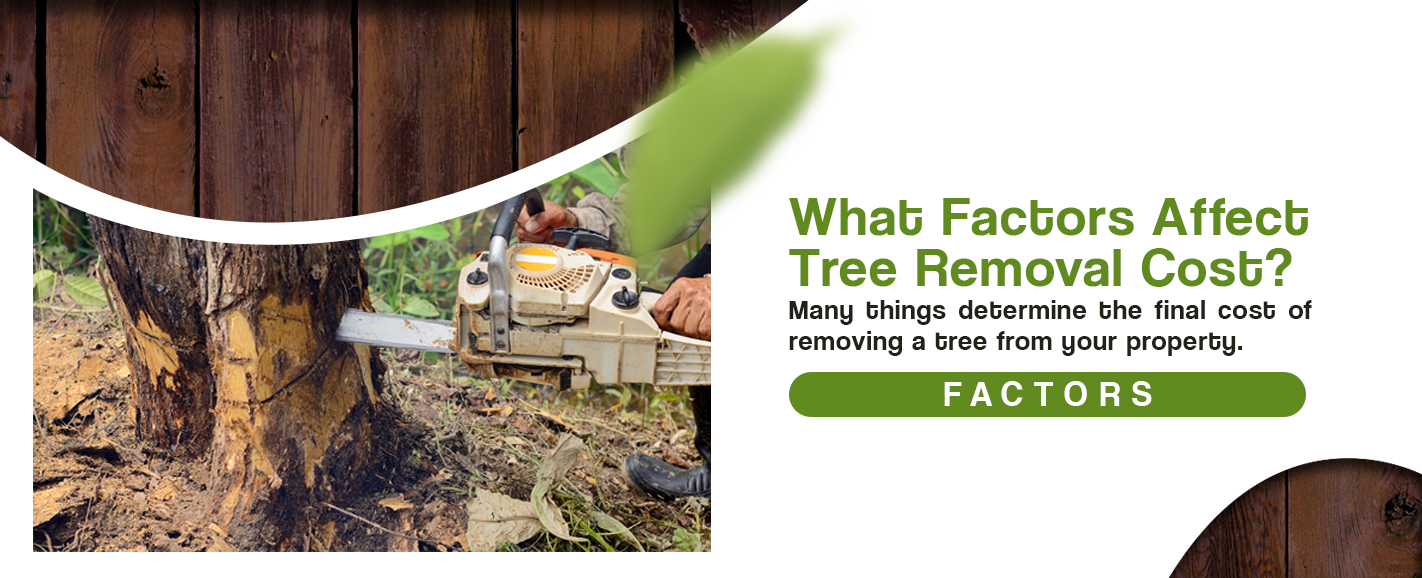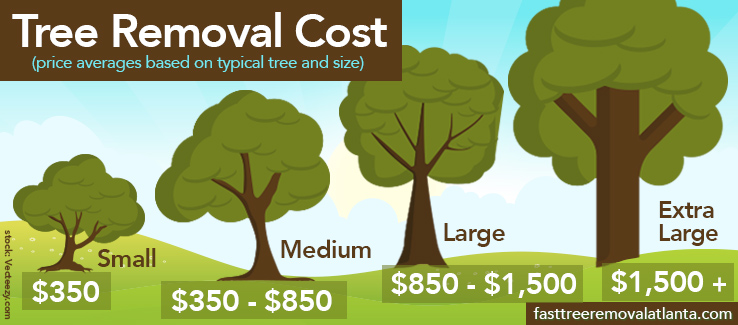Featured
Table of Contents
- – Price Estimates For An Stump Grinding In Corva...
- – Corvallis, OR Arborist Warranties: What's Cove...
- – Getting The Best Stump Grinding Rates In Corv...
- – Corvallis, OR Tree Trimming Guarantee Costs: ...
- – Corvallis, OR Arborist Cost FAQ
- – Corvallis, OR Tree Removal Disposal Costs
- – Decoding Tree Service Estimates In Corvallis,...
- – Outdoor Stump Grinding Costs In Corvallis, OR
- – Timeline For An Tree Service Installation In...
- – Multi-Story Tree Trimming Costs In Corvallis...
- – Corvallis, OR Stump Removal Price Estimator
- – Corvallis, OR Stump Removal Cost Analysis
- – Is A Tree Clearing Worth The Cost In Corvall...
- – What Should An Tree Clearing Cost In Corvall...
- – Corvallis, OR Stump Removal Inspection Costs

The subsections listed below provide more detailed info about prices, consisting of an average range for each. TypeAverage Elimination CostPineConiferPalmMagnoliaArborvitaeAshCedarSweet GumEucalyptusSycamoreCypressOakMaplePoplar You can anticipate to pay between to remove a pine, depending upon its size. Removing a pine is among the more inexpensive tasks unless it is one that has actually been around for several years and is rather big.
Price Estimates For An Stump Grinding In Corvallis, OR
Pines likewise have a tap root that grows deep into the soil, which can show to be harder to get rid of. The procedure itself involves an expert cutting the tree, clearing the base, cutting the surface roots, removing the stump, and lastly treating the soil. Without an expert hand, you run the risk of leaving pine seedlings behind, which will fall from the roots of distressed pines.
Corvallis, OR Arborist Warranties: What's Covered
The U.S. nationwide average for conifer elimination is around to have the conifer reduced, transported away, and the stump ground or eliminated completely. Conifers are normally easier to eliminate, and even though they can grow rather tall, they do not cost a fortune to remove. Conifers include pine, spruce, fir, and juniper trees.
Getting The Best Stump Grinding Rates In Corvallis, OR
While conifers are lovely, they eliminate native plants and specific kinds of lawn. This is because they require a lot of water and nutrients to endure, so they seep it off surrounding plants. They also have an extensive network of roots, which can affect your home's structure. The average price of palm elimination depends upon the height as much as the type, varying from.
Corvallis, OR Tree Trimming Guarantee Costs: What's Included
That is why it is essential to know which type you are eliminating. While you do not need an herbicide to kill a palm tree, there are some actions your elimination expert will have to require to ensure the job is done correctly. There are 2 ways they can eliminate them: by chopping them down or digging them up.
Corvallis, OR Arborist Cost FAQ
This is because small animals like rats and scorpions frequently reside in them. Plus, numerous types will have spikes, too. From there, they eliminate the real tree and after that the stump. Expect to pay between to remove this type of tree, depending upon the specific size and information of the job.
Corvallis, OR Tree Removal Disposal Costs
There are 3 types: green, white, and black ash. With its gray-tinged bark, its leaves are green or purple in the spring and golden yellow or purplish-red in the fall.
Decoding Tree Service Estimates In Corvallis, OR

The bark is softer, and it flowers later on in the year - tree clearing. Due to the variation in height, the removal price difference is large from. A coniferous, evergreen tree, the cedar is a sturdy species. True cedars enjoy greater elevations, generally in the Mountain ranges and the Mediterranean. A real cedar can grow as high as 160 feet in height and is typically planted in the United States as a landscape alternative.
Outdoor Stump Grinding Costs In Corvallis, OR
The development of incorrect cedars differs from 50 feet up to 230 feet high. Property owners may pay anywhere from, depending upon the roots. With star-shaped leaves and spectacular fall colors, the sweet gum is considered a medium to large tree. Delighting in complete sun, the sweet gum can not endure contamination.
Timeline For An Tree Service Installation In Corvallis, OR
Typically, it costs between to get rid of a eucalyptus. Eucalyptus are not common everywhere, but they are quite big compared to others, which is why even the smaller sized ones are so pricey to get rid of.
Multi-Story Tree Trimming Costs In Corvallis, OR
There are a handful of ways to do this, consisting of burning, pulling, grinding, or killing them with herbicide. Expect to pay between to remove sycamores, based on the height, trunk size, and quantity of work included. Sycamores are among the largest wood trees, normally varying from 60 to 100 feet high and as broad as 15 feet.
Corvallis, OR Stump Removal Price Estimator
The very first two steps will expose the withins of the tree and cut off the circulation of nutrients up the trunk. From there, a professional uses herbicide to eliminate the tree and lower the trunk. Then, they will kill the stump. Otherwise, brand-new sprouts might grow from it. Lowering and getting rid of a mature cypress could cost as much as.
Corvallis, OR Stump Removal Cost Analysis
There are lots of different kinds of Cypress trees, however the most common are the Leyland, Arizona, Bald, and Italian. The Bald Cypress grows in swampy or really damp areas while the others delight in a dry, warm, or hot climate (arborist). They can grow as tall as 80 to 100 feet tall
Is A Tree Clearing Worth The Cost In Corvallis, OR?

Prone to illness, the Cypress is one of the most treasured woods for furniture. The average oak grows to around 60 feet, and depending upon the complexity of the removal, it costs approximately to remove. The exact size of your oak and the effort required to fell it impact what you will actually pay for elimination in addition to any additional services like stump grinding.
What Should An Tree Clearing Cost In Corvallis, OR?
Access to the trees and the roots will also impact the overall cost. Maples can easily mature to 100 feet or more and typically cost between to eliminate from your home. The final rate depends on the actual height and complexity of the job. Maples are typically among the more expensive trees to get rid of since of their size and the work associated with the removal.
Corvallis, OR Stump Removal Inspection Costs
Poplars are giants of the species. Growing as high as 90 to 115 feet, these huge lumbers are primarily found in The United States and Canada and include the aspen, cottonwood, and balsam trees. Boasting an extensive root system, poplars can be costly to eliminate when totally grown. The procedure to remove trees involves all the cutting and cutting of the branches and trunk, bringing it down to a stump.
Table of Contents
- – Price Estimates For An Stump Grinding In Corva...
- – Corvallis, OR Arborist Warranties: What's Cove...
- – Getting The Best Stump Grinding Rates In Corv...
- – Corvallis, OR Tree Trimming Guarantee Costs: ...
- – Corvallis, OR Arborist Cost FAQ
- – Corvallis, OR Tree Removal Disposal Costs
- – Decoding Tree Service Estimates In Corvallis,...
- – Outdoor Stump Grinding Costs In Corvallis, OR
- – Timeline For An Tree Service Installation In...
- – Multi-Story Tree Trimming Costs In Corvallis...
- – Corvallis, OR Stump Removal Price Estimator
- – Corvallis, OR Stump Removal Cost Analysis
- – Is A Tree Clearing Worth The Cost In Corvall...
- – What Should An Tree Clearing Cost In Corvall...
- – Corvallis, OR Stump Removal Inspection Costs
Latest Posts
Burkburnett, TX Tree Removal Red Flags: Pricing Edition
Best Affordable Stump Grinding In Lynwood, IL
Lewisburg, TN Arborist Price Transparency
More
Latest Posts
Burkburnett, TX Tree Removal Red Flags: Pricing Edition
Best Affordable Stump Grinding In Lynwood, IL
Lewisburg, TN Arborist Price Transparency